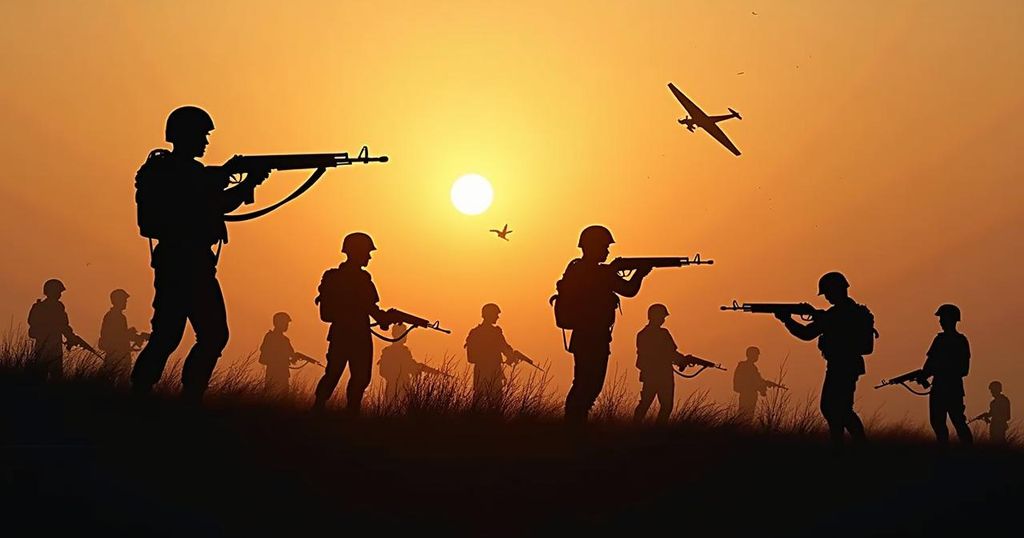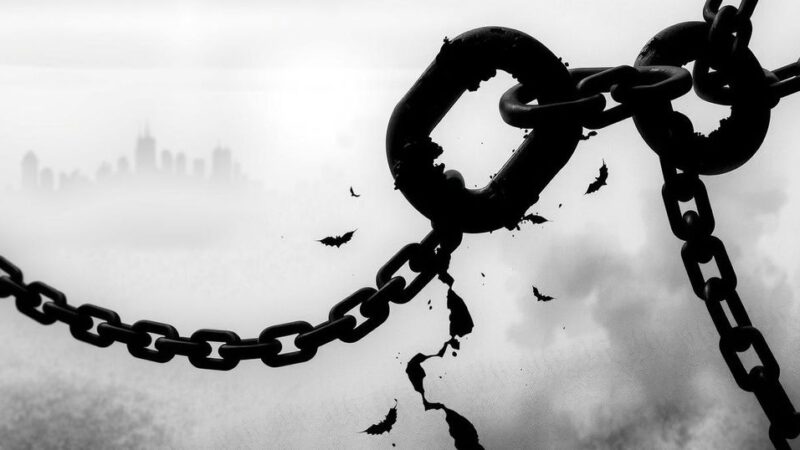This article explores the Sri Lankan civil war, detailing key events and factors leading to the ethnic conflict, including significant legislative acts, political decisions, and armed confrontations. The victory of government forces over the LTTE in May 2009 is analyzed in the context of military strategy, negotiation failures, and comparisons to other global insurgencies, presenting the Sri Lankan case as a distinct military achievement while cautioning against oversimplified interpretations of insurgency resolution.
This series examines the complexities of the Sri Lankan civil war through the lens of a naval officer who participated in key operations against the Liberation Tigers of Tamil Eelam (LTTE). It highlights significant events leading to the ethnic conflict, including the implementation of the Sinhala-Only Act in 1956, the 1972 Republican Constitution, the Parliamentary elections of 1977, and the catastrophic ethnic riots in July 1983. These events culminated in the massacre of 13 Sri Lankan Army soldiers by the LTTE, marking the official onset of armed conflict in Eelam War I, which spanned until 1987. The intervention by Indian Peacekeeping Forces (IPKF) during 1987-1990 ultimately failed to stabilize the situation. Following this, Eelam War II began in 1990 and lasted until a ceasefire in early 1995. Eelam War III was characterized by intense fighting from April 1995 until the successful establishment of a ceasefire in February 2002, which was sadly abandoned by the Sri Lankan Government in January 2008 amid rising tensions. The fourth phase, Eelam War IV, began in 2006, leading to a decisive military victory for Sri Lankan forces on May 18, 2009, culminating in the defeat of the Tamil Tigers near Mullaithivu. Various attempts at negotiation and ceasefires occurred, with significant efforts made by multiple Sri Lankan leaders to reach a political settlement, but these were ultimately undermined due to mistrust and the insurgents’ refusal to compromise. In assessing the conflict, the analysis indicates that the military defeat of the LTTE in Sri Lanka is notable as it demonstrates the potential for a state to eradicate a large-scale indigenous insurgency through force, as highlighted by Professor Paul Moorcraft. The Sri Lankan experience presents a stark contrast to other global insurgencies, which typically require negotiated resolutions. The paper draws parallels between the Sri Lankan insurgency and international cases such as Ireland and Nigeria, emphasizing the unique characteristics and outcomes of these conflicts while cautioning against simplistic comparisons.
The ongoing conflict in Sri Lanka offers critical insights into the nature and resolution of insurgencies. This analysis focuses on the historical context of the Sri Lankan civil war, examining various political, economic, and administrative factors that contributed to the ethnic tensions fueling the conflict. It explores the escalating violence between government forces and the LTTE, detailing key phases of the four Eelam Wars and the complexities surrounding negotiations and peace efforts. The enduring quest for peace, despite military successes, is underlined by the broader implications of the Sri Lankan model for conflict resolution in other geopolitical contexts.
The Sri Lankan civil war serves as a pivotal case study in the dynamics of insurgency and counterinsurgency. The thorough military defeat of the LTTE exemplifies a distinctive outcome in the approach to insurgencies, one that contrasts sharply with the typical emphasis on political negotiations. While the resolution of the conflict has brought about a notable absence of violence in recent years, it also raises important considerations for future conflicts worldwide, illustrating the complexities of achieving lasting peace and the need for comprehensive strategies that acknowledge the multifaceted nature of ethnic and political strife.
Original Source: slguardian.org







